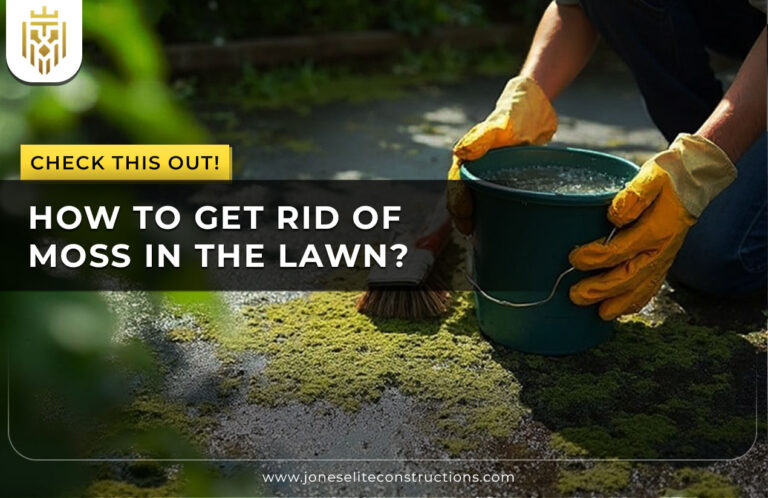What Is Satin Paint Finish?
Satin paint finish is a mid-sheen option that combines smoothness of matte and the soft glow of gloss. Washable and stain-resistant properties make it a favourite for high-traffic areas. So, what is a satin paint finish? It is the name given to a balance between beauty and utility.
Benefits of Satin Paint Finish
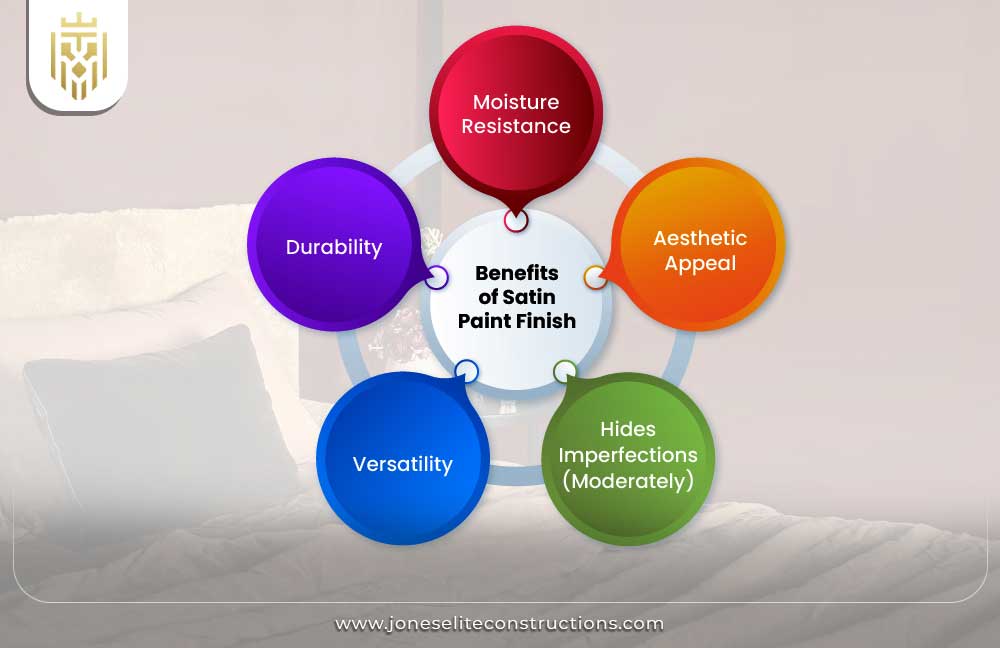
Satin paint finish provides performance, ease of maintenance, and the faintest sheen to add to the décor. Resistant to moisture and stains, it is commonly used in areas that bear high foot traffic, such as kitchens, bathrooms, and corridors.
Durability
Satin paint offers greater protection against wear and tear than flat or matte paint finishes. In places like kitchens and bathrooms, it can be scrubbed clean of dirt; its moderate sheen brightens wall surfaces while somehow aiding in masking the marks of wear and its tear. The paint finish is the apt choice for any sort of lively household.
Moisture Resistance
The satin finish, on the other hand, provides a coating raring to resist moisture where it’s mostly required, like kitchens. This paints finish is durable and can bear frequent washing and cleaning. It will never glare excessively like a semi-gloss, giving you a balance of low sheen and practical elegance.
Aesthetic Appeal
Satin paints have an air of gentle elegance, with just the right amount of shine to give the impression of depth, a shade too much for a matte but not too much for a glossy finish. In that way, it reinvents an elegant option just tugging at beauty and performance—a great choice for owners looking for durability and a strong presence visually.
Hides Imperfections (Moderately)
They hide less surface imperfections than a flat finish but still afford some minor protection. Satin paints afford a smooth, clean look and are easier to maintain than those of lesser shine. For this reason, satin finishes have deservedly become one of the most trusted choices when charm must be blended with pragmatism.
Versatility
Satin finish paint is a more versatile alternative suitable for many surfaces-from walls to trim. It walks the line between flat and shiny finishes in kitchens, living rooms, and hallways. Its adaptability allows the paint to suit varied styles of homes.
Where to Use Satin Paint Finish?
Satin paint, suitable for spaces with everyday wear and tear, is often applied in kitchens, bathrooms, and hallways. Being washable and durable, it is lovely for kids’ rooms and trims. The mid-sheen of a satin paint finish subtly brings out architectural details but does so without drawing any attention, unlike in the case of semi gloss.
How Satin Paint Finish Differs From Other Paint Finishes?
Satin paint finish is the most pleasing intermediate state between glossy and flat paint finishes. Unlike semi gloss, it would gently reflect light; it has a bit more tooth than an eggshell. Hence, if one has to talk about satin versus eggshell paint finish, the former is the better option when it comes to longevity and easy maintenance in high-traffic zones.
Satin Finish vs Matte Paint Finish
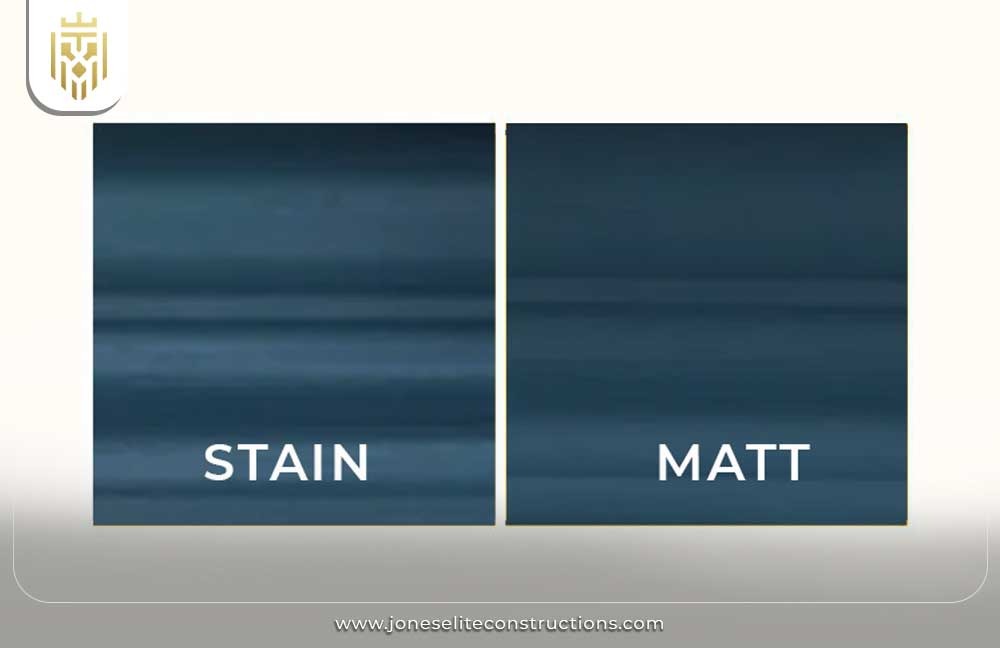
Satin finish paint shines softly, helping in the subtle illumination of the room space. It is more durable and also easier to clean in contrast with a matte finish. A satin paint finish is one that walks that tightrope of having a sheen more than a matte finish while staying relatively easy to keep clean in an active household.
Satin Finish vs Semi-Gloss Paint Finish

Satin is a finish below semi gloss, offering less reflectivity with a bit of elegance. It is less intense for the eyes yet stands proud to be immensely durable. Satin goes with most walls, and the semi gloss is better for trims and wet surfaces.
Satin Finish vs Gloss Paint Finish
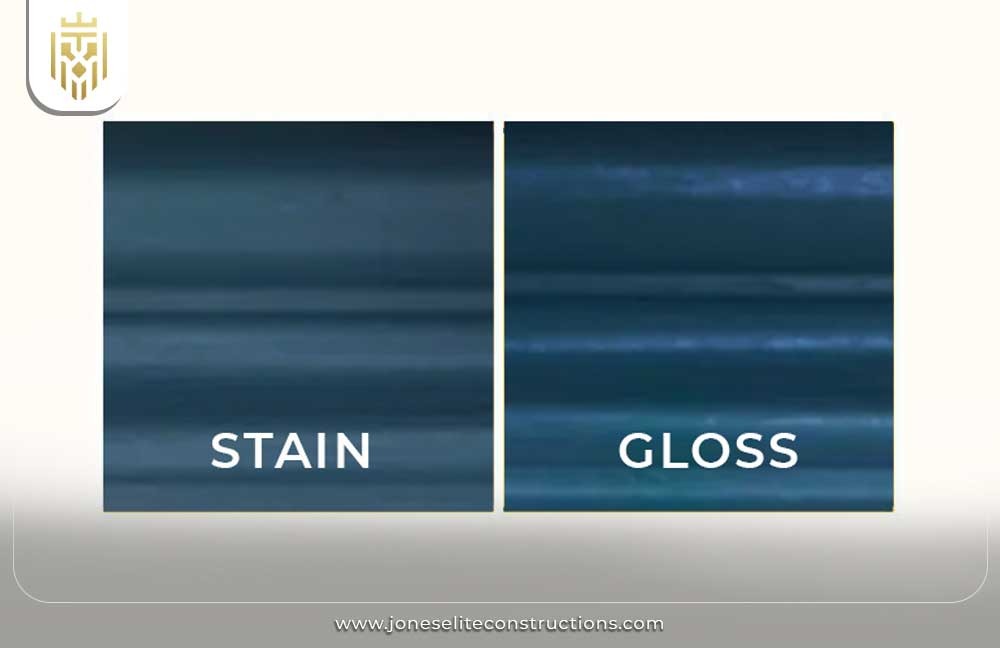
Gloss finishes have a glass-like shine but can emphasise surface flaws. On the contrary, satin paints provide an even and cleanable surface. This finish is somewhat dull yet thereby flexible, especially where heft cannot go-in but durability is required.
How to Apply Satin Paint Finish?
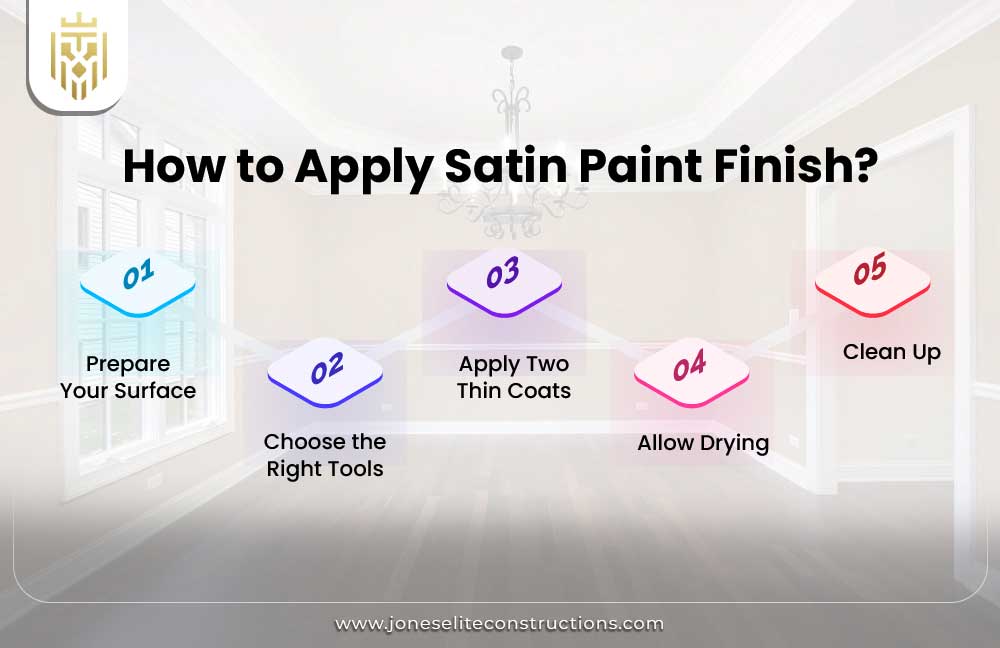
Hold the surface against dust, etc., sand it, apply the primer wherever necessary, and two thin coats of satin paint using good-quality brushes or rollers. Let one coat dry thoroughly before applying a second one, so the whole finish is smooth and even.
Prepare Your Surface
Clean the surface; sand out any glossiness or roughness. Primer will also add to the adhesion side of things, mainly if you are going from semi gloss paints or glossy paints. Proper prep really facilitates your finish paint to go down evenly and be consistent with good wear.
Choose the Right Tools
Synthetic bristle brushes work best when dealing with detailed work, while a ¼ inch-nap roller is used for broad surfaces. Regularly dip the roller into a paint tray to allow for even coverage. This will guarantee a uniform satin finish and help avoid streaks or blotches in application, particularly on walls.
Apply Two Thin Coats
To get a smooth satin paint finish, apply two light coats rather than one thick layer. This approach enhances adhesion and avoids visible brush strokes. Thin coats also prevent drips, helping achieve a uniform finish paint that looks professional and lasts longer.
Allow Drying
Let each coat of satin paint dry thoroughly, based on the product’s label instructions. Temperature and humidity can affect drying time, so monitor the environment. Adequate drying ensures a resilient satin finish and avoids surface blemishes like smudges or premature peeling.
Clean Up
After using satin paint, clean your tools with warm water and mild detergent. Use a damp cloth for spills. If maintenance matters, consider satin versus eggshell paint finish, as satin is typically more stain-resistant and easier to wipe clean in active spaces.
FAQs
1) What Is Satin Paint Finish?
Satin paint finish is a mid-sheen option that combines smoothness of matte and the soft glow of gloss. Washable and stain-resistant properties make it a favourite for high-traffic areas. So, what is a satin paint finish? It is the name given to a balance between beauty and utility.
2) What are the benefits of Satin Paint Finish?
Satin paint finish provides performance, ease of maintenance, and the faintest sheen to add to the décor. Resistant to moisture and stains, it is commonly used in areas that bear high foot traffic, such as kitchens, bathrooms, and corridors.
3) How to Apply Satin Paint Finish?
Hold the surface against dust, etc., sand it, apply the primer wherever necessary, and two thin coats of satin paint using good-quality brushes or rollers. Let one coat dry thoroughly before applying a second one, so the whole finish is smooth and even.
4) Is satin paint washable?
Yes, satin paint is highly washable. Its smooth, durable surface allows easy cleaning of stains and marks, making it perfect for areas that require frequent cleaning, such as kitchens, bathrooms, and kids’ rooms.






